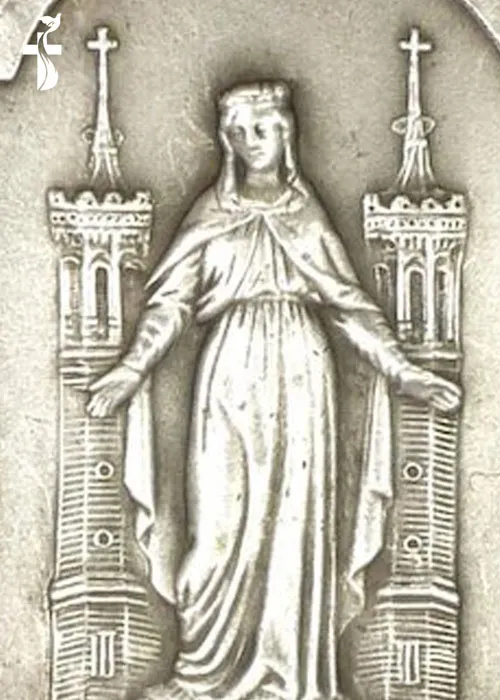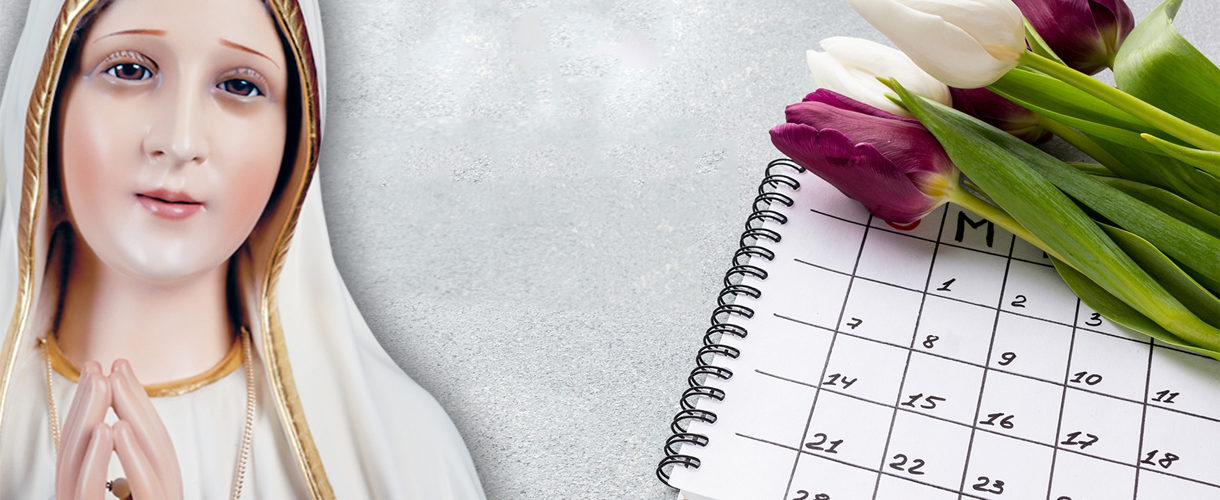
Our Lady Of Lyons
Country :
Year : 1186
St. Pothinus, the Apostle of Gaul, is said to have enshrined a picture of Our Lady in an underground chapel which is now beneath the church of St. Nazaire in Lyons where many Christians suffered death in the Old Forum on the Hill of Blood.
In 1186 the Canons of the Cathedral started building a larger church over the shrine. In thanksgiving for the cure of his son by the Saint, Louis VII of France made a pilgrimage to Lyons, where he had an ex-voto tablet set up before the shrine of Our Lady. In 1466 Louis XI founded a daily Mass in perpetuity, to be followed always by the Salve Regina, solemnly sung.
Vast pilgrimages came to seek Mary’s aid especially in time of famine and plague. During the plague of 1643, it was decided to dedicate the city to Our Lady. Instantly all traces of the plague vanished and, until 1792, twenty-five Masses were said daily in thanksgiving.
During the years of the French Revolution, the sanctuary was profaned. Sometimes pilgrims would come to visit the shrine at night under peril of their lives. In 1805 Pius VII himself presided at the opening or re-opening of the shrine. Shortly before the battle of Waterloo, the shrine was threatened with destruction when Napoleon wanted the hillside fortified. The marshall was to give the order to demolish the shrine but refused to do so.
Because the city was spared many vicissitudes during the revolutions of 1830 and 1848, the people of Lyons decided to show their gratitude by building to the church a tall tower surmounted by a great bronze figure of Our Lady.
After the Franco-Prussian war of 1870, a vast basilica to Our Lady was built next to the old shrine, which remained almost untouched.



